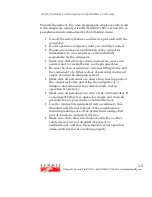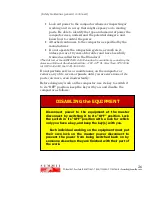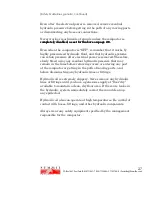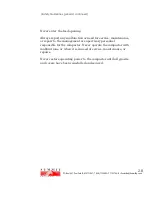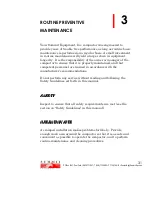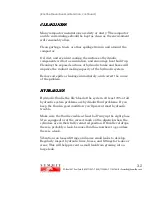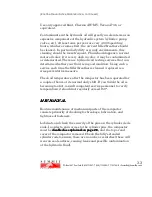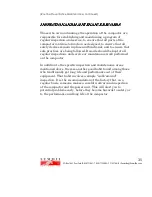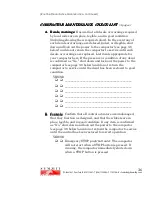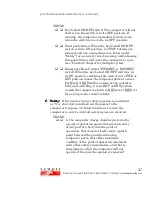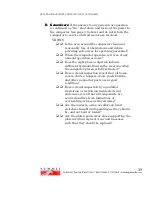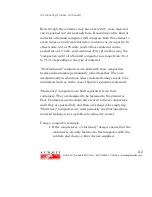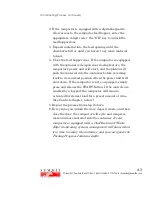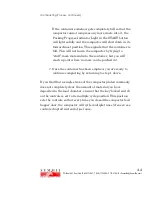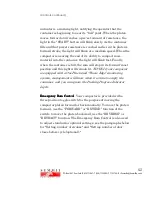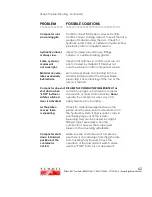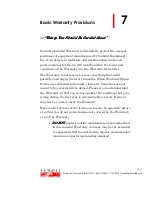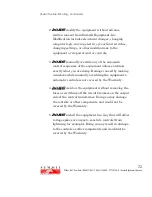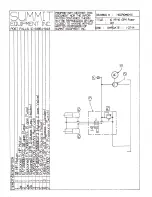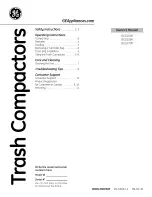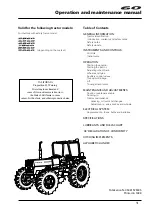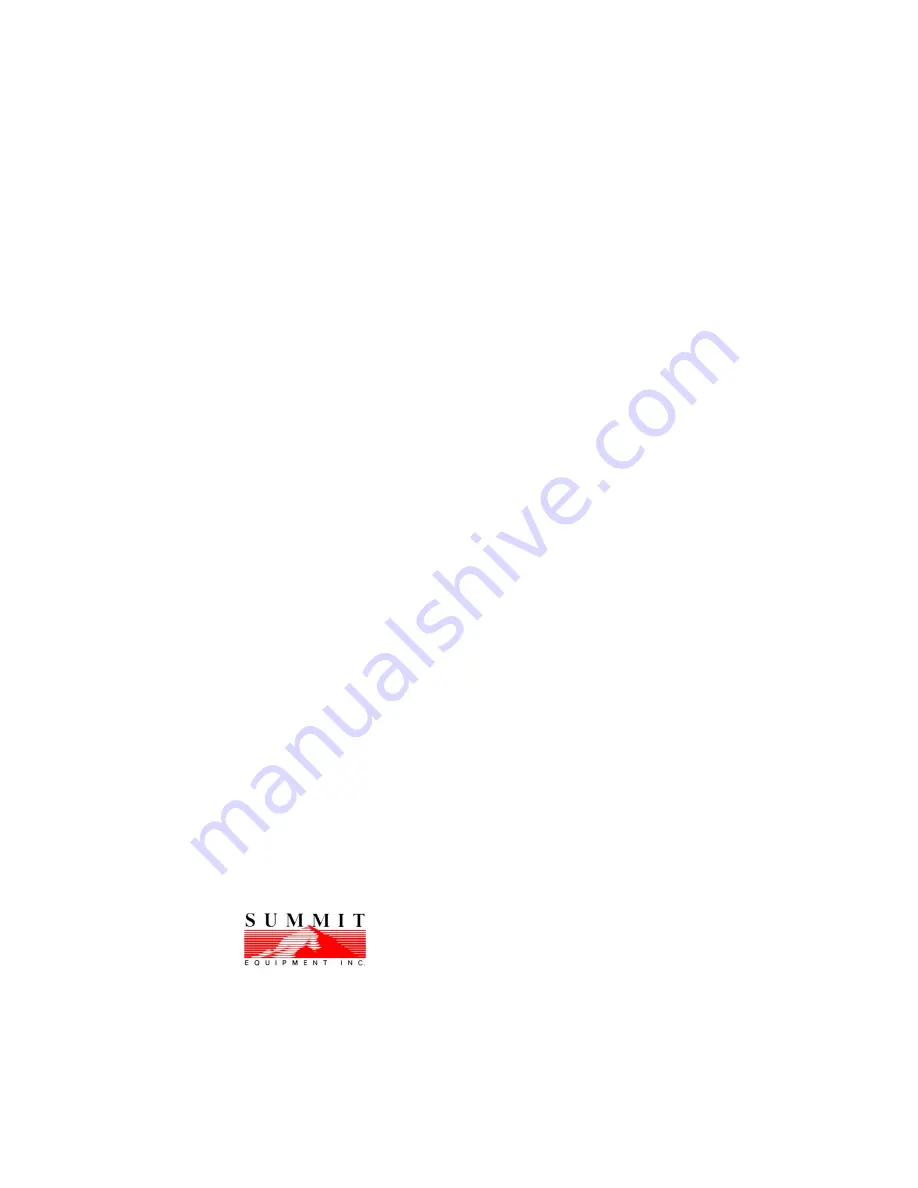
(Compacting Process, continued)
Even though the container may have been “full”, more material
can be pushed in it with enough force. Depending on the kind of
material, a Summit compactor will compress from three times to
seven times as much material into a container as its capacity. In
other words, 45 to 105 cubic yards of loose material can be
packed into a 15 cubic yard container. Put yet another way, the
“compaction ratio” of a Summit compactor can range from 3-to-1
to 7-to-1, depending on the type of material.
“Self-contained” compactors are built with their compaction
heads and containers permanently joined together. They are
used primarily in situations where material leakage needs to be
minimized (such as in the case of liquid or granular materials).
“Stationary” compactors are built separately from their
containers. They are designed to be fastened to the ground or
floor. Containers are mechanically secured to these compactors
until they are packed full, and then are released for emptying.
“Stationary” compactors are used primarily in situations where
material leakage is not a problem (such as dry waste).
Using a compactor is simple.
1. If the compactor is a “stationary” design, ensure that the
container is securely fastened to the compactor with the
ratchets and claws or other devices supplied.
4.2
PO Box 1847, Post Falls, ID 83877-1847 • T (208) 773-3885 • F 773-3799 • E <ContactUs@SummitEq.com>

